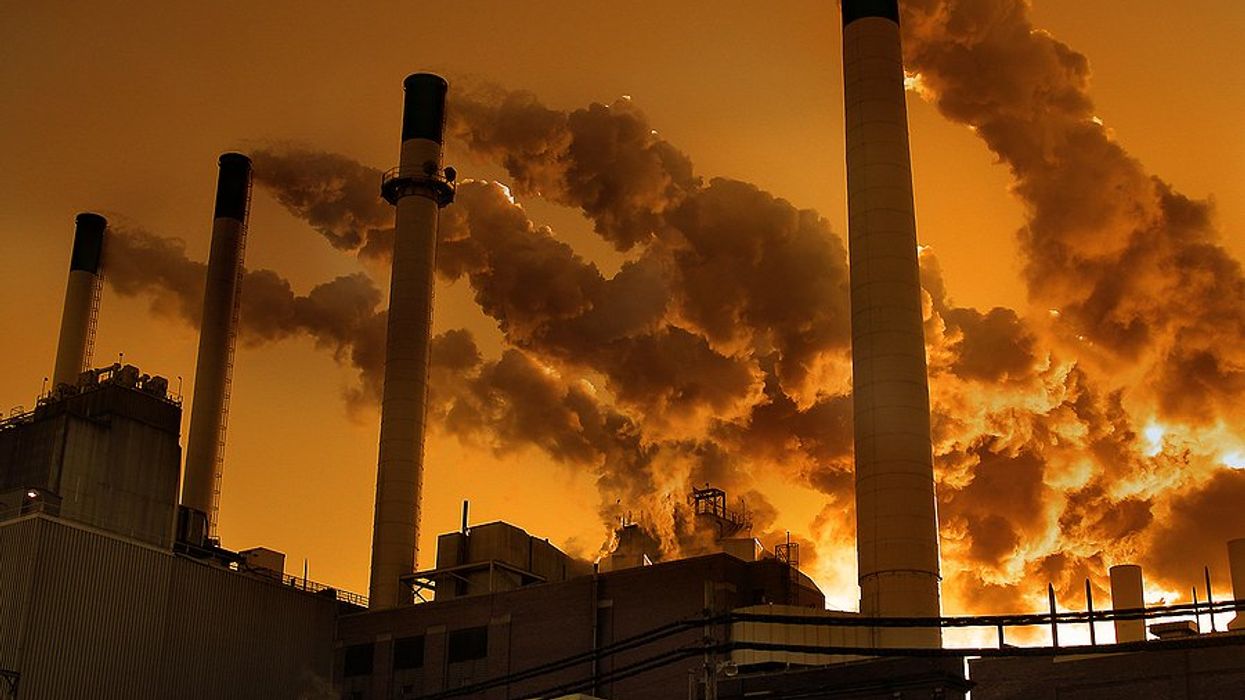A North Carolina plastics factory has discharged a likely carcinogen into waterways for years, with environmental groups now suing to stop pollution that has entered the drinking water of 900,000 people.
Lisa Sorg reports for Inside Climate News.
In short:
- The StarPet facility in Asheboro, N.C., has discharged large volumes of 1,4-dioxane, a likely carcinogen, into the local wastewater system, which cannot remove the chemical and ultimately releases it into waterways that supply drinking water downstream.
- North Carolina regulators have tried for years to set enforceable limits on 1,4-dioxane discharges, but legal challenges from cities and industry-backed rulings have blocked those efforts, allowing pollution levels to rise unchecked.
- A federal lawsuit filed by two environmental nonprofits accuses StarPet and the city of Asheboro of violating environmental laws and enabling a cycle of contamination that has repeatedly exceeded federal health advisory levels in treated drinking water.
Key quote:
“The Clean Water Act never intended there to be a loophole where an industry can just send their waste to a sewage treatment plant and they’re off the hook.”
— Jean Zhuang, senior attorney with the Southern Environmental Law Center
Why this matters:
1,4-Dioxane is a synthetic industrial chemical used in manufacturing plastics and solvents. It’s resistant to natural breakdown and can slip through conventional water treatment systems, making it particularly hazardous when discharged into surface waters that feed public drinking supplies. Exposure to 1,4-dioxane has been linked to liver and kidney damage and cancer risk, yet there’s no enforceable federal drinking water standard.
In North Carolina, where concentrations of the contaminant are among the highest nationally, efforts to regulate it have been thwarted by political resistance and legal maneuvering. As water systems like TriRiver expand, more communities risk contamination from unregulated industrial runoff — a growing threat in regions lacking the infrastructure or authority to filter out persistent toxic chemicals.
Related: Petrochemical plants send millions of pounds of pollutants into waterways each year: Report














